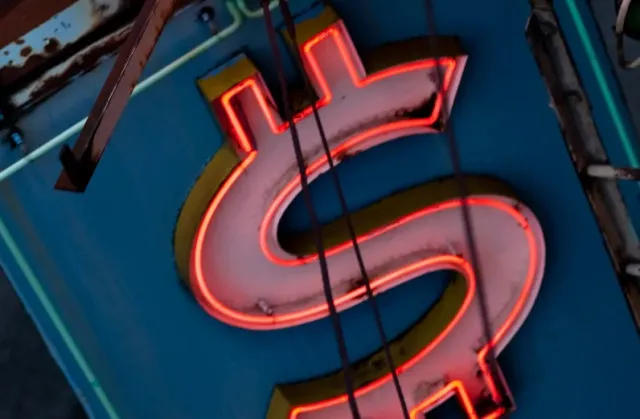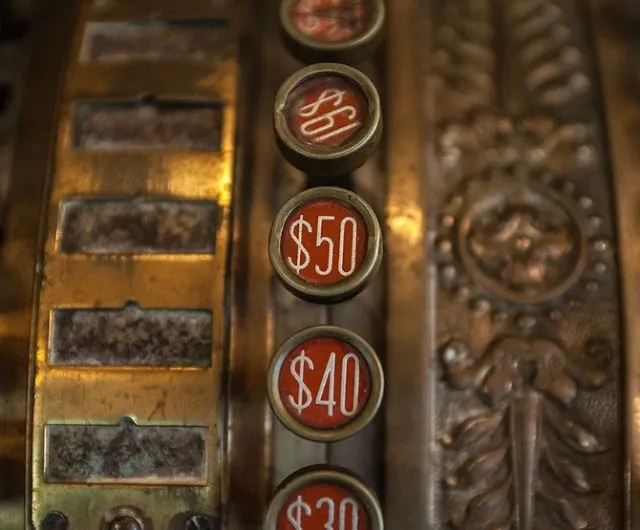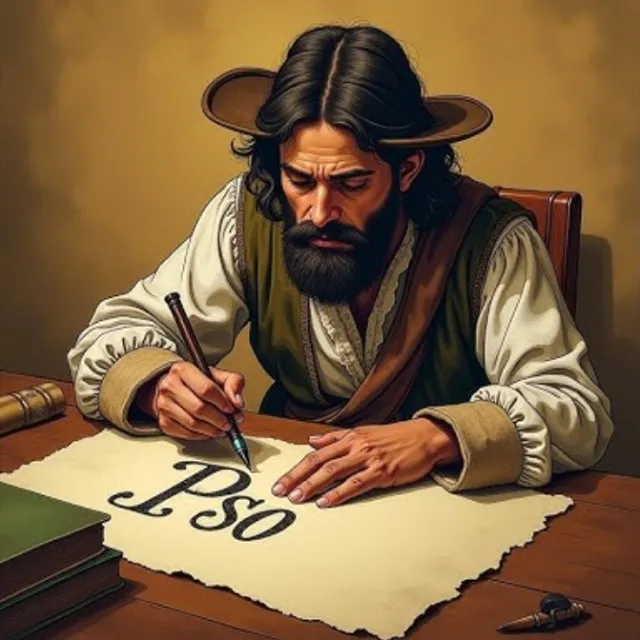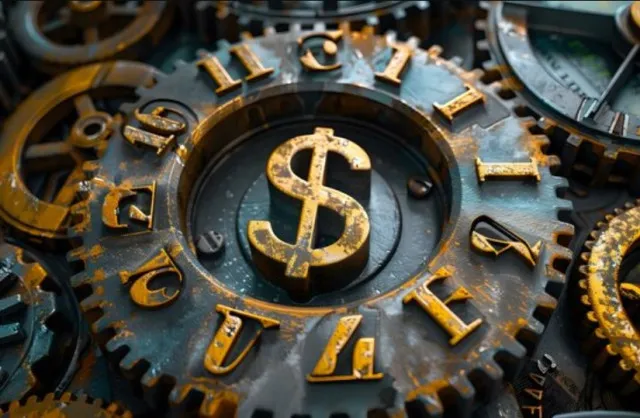People are just discovering the origin of the dollar sign, surprising many who never knew its true history.
The dollar sign ($) is one of the most recognized symbols in the world.
It represents money, wealth, and commerce. But where did this symbol come from?
The history of this symbol is interesting, with several theories about its origin.

The misconception about sign of dollar ($)
One common misconception is that the dollar sign represents the initials of the United States.
Some believe that the “S” stands for “States” and the two vertical lines represent the “U.”
This idea gained popularity through the writings of Ayn Rand in her novel “Atlas Shrugged”.
In the book, she claims that the dollar sign symbolizes the initials of the United States. However, this explanation is not supported by historical evidence.

Where did the dollar sign come from?
Before the United States was formed in 1776, the region was known as the United Colonies of North America.
This symbol was already in use by this time, suggesting that it did not originate from the initials of the United States.
Another theory suggests that this symbol is derived from the phrase “unit of silver.”
However, this explanation is also considered inaccurate by many historians.
A more widely accepted theory is that the dollar sign originated from the Spanish peso.
The peso was a popular currency in the Americas long before the dollar became the standard.

The peso was often written as “Ps” for “pesos.” Over time, the “P” and the “S” began to overlap in writing, forming the dollar sign we recognize today.
Furthermore, people called the Spanish peso a “piece of eight” because it was worth eight reales, another form of currency.
Some believe that the $ symbol may have evolved from the number 8, with two stacked eights forming the symbol.
This idea shows the connection between the dollar sign and the peso.
The Federal Reserve, the central banking system of the United States, officially adopted the dollar sign in 1785.
By then, the dollar had replaced the peso as the primary currency in the country.

The growth of the $ symbol
The development of this symbol was not a planned process.
It evolved over time as people used it in everyday transactions.
People often wrote the symbol quickly on receipts and documents, leading to variations in its appearance.
As people continued to use the symbol, it gradually became standardized into the form we know today.

Today, it is not just a symbol of money; it represents a broader idea of capitalism and commerce.
It appears in businesses, advertisements, and everyday life, reminding us of the value of currency in our society.
Despite the various theories, there is no definitive evidence that explains the exact origin of this symbol.
Its history reflects the way symbols can develop organically through common use rather than being created by a specific designer or authority.